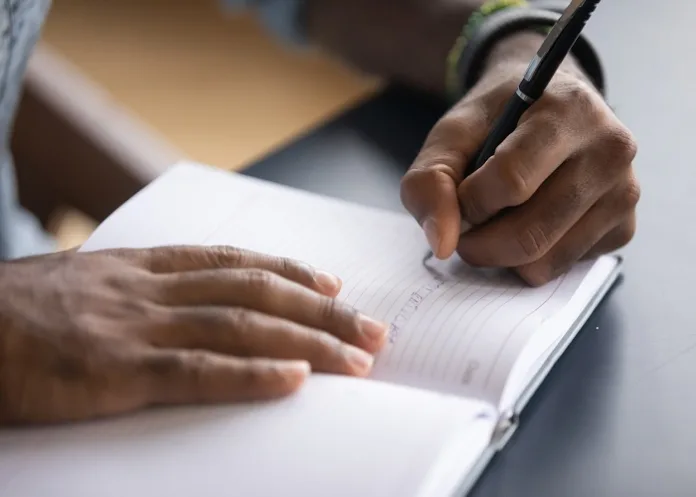The challenges of being left-handed in clinical environments designed for right-handed people are many, and a change in mindset on the “right” hand and “wrong” hand is long overdue, writes medical student Chloe Milton in The BMJ.
She writes:
The surgeon glared at me. When I asked what I’d done wrong, I was told it was “scary” that I’d used the “wrong” hand to cut sutures when assisting in theatre.
What’s scary to me is how easily the challenges faced by left-handed trainees are dismissed – an experience I’ve had not only in surgery but across all medical specialities.
Medicine needs to move away from the idea of “right” and “wrong” hands, so that left-handed students learning examination and surgical skills are properly supported in caring for patients.
Left in a right world
In my first year of medical school I noticed that the whole clinical environment was designed for right-handed use. Tradition dictates that you should stand on the right side of a patient when examining them, making it difficult, if not impossible, to use your left hand to do so.
Moreover, the equipment used in clinical skills sessions and objective structured clinical examinations is almost always arranged with right-handed students in mind.
Instruments designed for left-handed use are scarce, and while I’ve been assured that such equipment exists and can be requested by consultants, I’ve never seen it myself.
My experience is corroborated by the wider literature, which shows that left-handed trainees are rarely catered for in training programmes, and that left-handed equipment is often outdated, difficult to find, and more costly than right-handed alternatives.
In the absence of tools designed for left-handed use, left-handed surgeons have reported stress, fatigue and even physical pain from using right-handed equipment.
Were these instruments more readily available it would alleviate unnecessary challenges for the “lefties” in the multidisciplinary team.
Some left-handed surgeons believe that such equipment is unnecessary. One qualitative study of five senior left-handed surgeons reported that, although they initially found it difficult learning to use right-handed tools, they all adapted with time.
Others argue that left-handed equipment is essential and suggest that the theatre environment should be adapted to the individual surgeon, not the other way around.
While I agree that with time, it’s certainly possible for left-handed individuals to adapt to using right-handed equipment, I still think that medical students and staff should have access to left-handed equipment.
Providing such medics with tools designed for them will allow them to concentrate on honing new skills and to progress more quickly than if they simultaneously have to learn to grapple with ill-suited instruments.
The medical community’s division over this topic means that students and trainees lack clear direction on how to navigate their left-handedness.
This was underscored when I attended a surgical skills course where one consultant suggested that I should use only my right hand to suture, while another recommended I should use only my left.
Conflicting advice from the faculty left me feeling lost and confused about the best course of action.
Ambidexterity may benefit everyone
In the absence of the correct equipment and the pressure put on medics to use a specific hand, left-handed students like me often resort to using the “right” hand when examining patients or performing procedural skills.
Although it’s difficult, I’ve found this has improved my confidence in cases where using my left hand is impractical. For example, on several occasions I’ve had to insert a cannula into a patient’s right hand, and being able to use my right hand to do so has meant I need not awkwardly cross my hands to reach for equipment, so the process is less arduous.
Although the learning curve can be steep, I think that persisting is worth it.
After my previous experience in theatre, I discussed – with a left-handed surgeon – how challenging, and at times disheartening, it can be as a left-handed medic in the hospital environment.
The surgeon offered an alternative view: that being left handed was in fact an advantage in medicine, that left-handed people may show a greater degree of ambidexterity than their right-handed peers, who have to use their non-dominant hand regularly.
This view has led me to believe that encouraging all trainees to use both hands could lead to improved bimanual dexterity, greater flexibility during examinations and procedures, and better outcomes for patients.
Medical settings should move away from a right-hand dominated system and give left-handed trainees the option to use equipment that is compatible with their dominant hand.
More widely, the medical community could benefit from recognising the advantages of promoting bimanual dexterity in the clinical environment. Not only would this help to alleviate the difficulties faced by left-handed students and trainees, but it would promote improved clinical skills among their right-handed colleagues – all contributing to a better standard of care for patients.
Milton is studying at the Anglia Ruskin Medical School, Britain.
The BMJ article – Medicine is designed for righthanded people (Open access)

